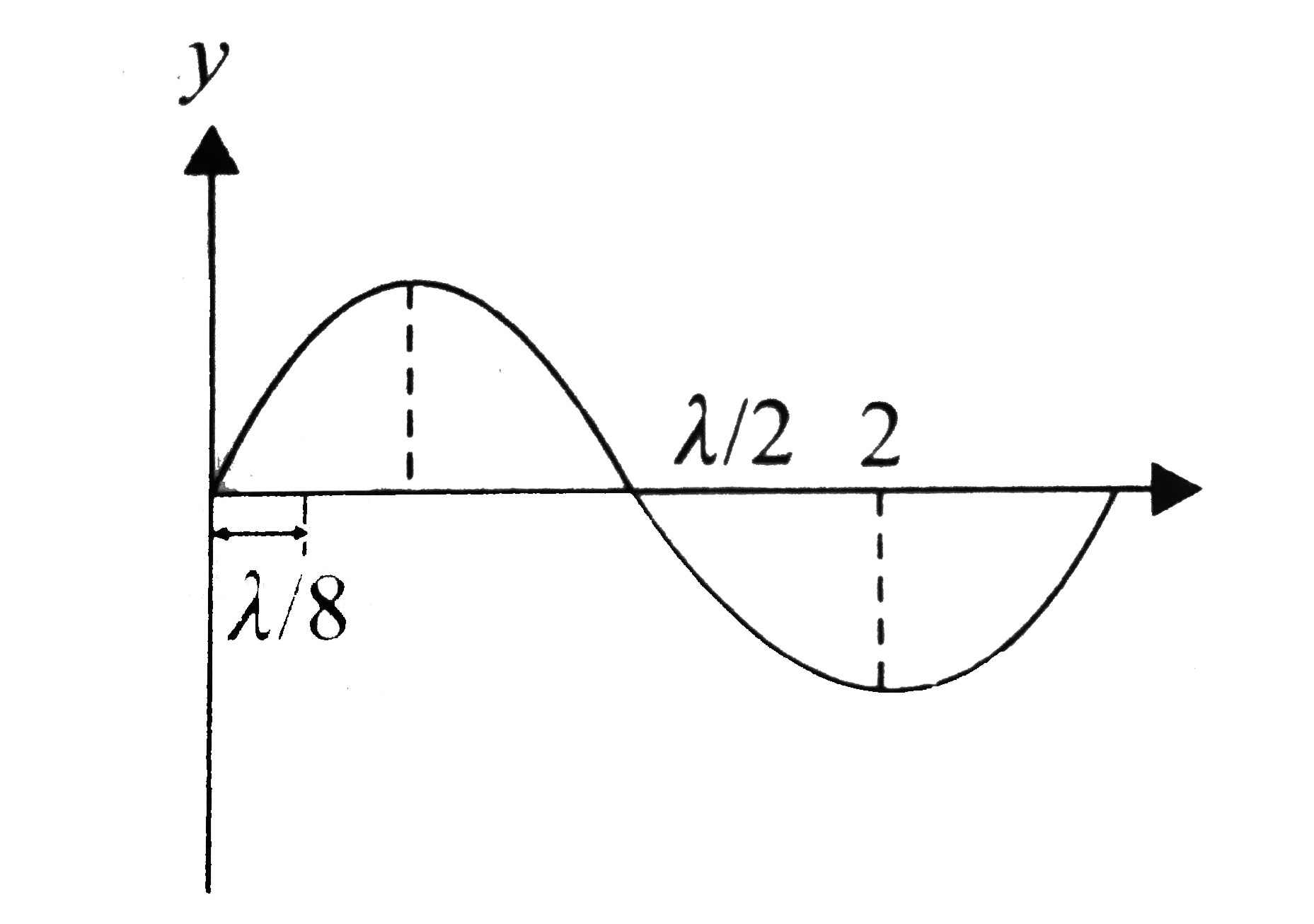What is the phase difference between particles being on either side of a node?
To determine the phase difference between particles located on either side of a node in a stationary wave, we can follow these steps:
1. Understanding Nodes in Stationary Waves:
- A node is a point in a stationary wave where the amplitude is zero. This means that at the node, there is no displacement of the medium.
2. Visualizing the Stationary Wave:
- Draw a diagram of a stationary wave. Identify the node, which is typically located at the midpoint between two antinodes.
3. Observing Particle Motion:
- Consider two particles: one located just to the left of the node and the other just to the right of the node.
4. Direction of Vibration:
- At any given moment, the particle on the left side of the node will vibrate in one direction (e.g., upwards), while the particle on the right side of the node will vibrate in the opposite direction (e.g., downwards).
5. Phase Relationship:
- Since the particles on either side of the node are moving in opposite directions at the same time, their phase difference can be analyzed.
6. Calculating the Phase Difference:
- The phase difference between two points in a wave is given by the formula:
Phase Difference=ϕ=2π×Δxλ
where Δx is the distance between the two points and λ is the wavelength. For points on either side of a node, this distance is half the wavelength (λ2).
- Substituting Δx=λ2:
ϕ=2π×λ2λ=π
- This means the phase difference is 180∘.
7. Conclusion:
- Therefore, the phase difference between particles on either side of a node is 180∘.
- A node is a point in a stationary wave where the amplitude is zero. This means that at the node, there is no displacement of the medium.
- Draw a diagram of a stationary wave. Identify the node, which is typically located at the midpoint between two antinodes.
- Consider two particles: one located just to the left of the node and the other just to the right of the node.
- At any given moment, the particle on the left side of the node will vibrate in one direction (e.g., upwards), while the particle on the right side of the node will vibrate in the opposite direction (e.g., downwards).
- Since the particles on either side of the node are moving in opposite directions at the same time, their phase difference can be analyzed.
- The phase difference between two points in a wave is given by the formula:
Phase Difference=ϕ=2π×Δxλ
where Δx is the distance between the two points and λ is the wavelength. For points on either side of a node, this distance is half the wavelength (λ2).
- Substituting Δx=λ2:
ϕ=2π×λ2λ=π
- This means the phase difference is 180∘.
- Therefore, the phase difference between particles on either side of a node is 180∘.
Topper's Solved these Questions
- OSCILLATIONS AND WAVESBOOK - PRADEEPCHAPTER - OSCILLATIONS AND WAVESEXERCISE - Short Answer Questions
104 Videos
- OSCILLATIONS AND WAVESBOOK - PRADEEPCHAPTER - OSCILLATIONS AND WAVESEXERCISE - Long Answer Questions
33 Videos
- OSCILLATIONS AND WAVESBOOK - PRADEEPCHAPTER - OSCILLATIONS AND WAVESEXERCISE - conceptual problems
84 Videos
- MATHEMATICAL TOOLSBOOK - PRADEEPCHAPTER - MATHEMATICAL TOOLSEXERCISE - Fill in the blanks
5 Videos
- PHYSICAL WORLD AND MEASUREMENTBOOK - PRADEEPCHAPTER - PHYSICAL WORLD AND MEASUREMENTEXERCISE - Competiton Focus Jee Medical Entrance
18 Videos
Similar Questions
Knowledge Check
In the Q. 89 the phase difference between two points on opposite sides of an antinode with a separtion of 1 cm between then is:
Azero radianBπ/3 radianCπ/2 radianDπ radianWhat is the phase difference between two successive crests in the wave
AπBπ/2C2πD4πThe phase difference between particle velocity and wave velocity is
AzeroBπ4Cπ2Dπ6
What is the phase difference between any two points on a wavefront ?
View SolutionFind the phase difference between voltage and current.
View SolutionFind the phase difference between voltage and current.
View SolutionFind the phase difference between voltage and current.
View SolutionWhat is the phase difference between any two points on a spherical wavefront?
View Solution

